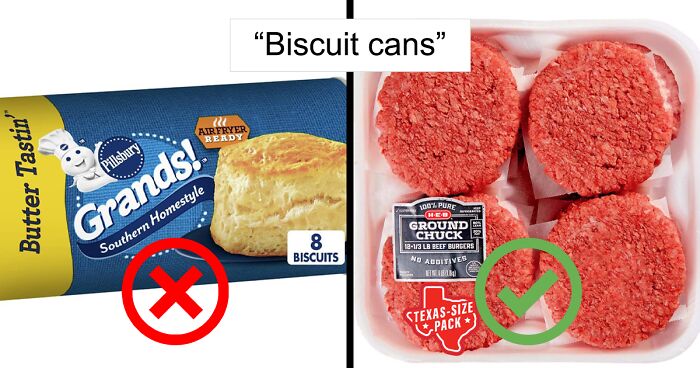
Designers Need To See This Thread With Awesome Ways To Improve Annoying Packaging
Interview With AuthorIt’s the 21st century, yet there still are annoying grocery packaging designs. Why are cereal and chip bags not resealable? Why do sustainable materials come packaged in a bunch of plastic (toilet paper, we’re looking at you)? Also, the foil seals. Do we really need them for peanut butter, yogurt and fruit cups?
YA thriller author Kayla Ancrum’s post on X about similar products recently went viral. She shared a few ideas on how manufacturers could improve the annoying packaging of some products. Other netizens pitched in as well, and the result was some pretty revolutionary ideas that grocery packaging designers could use.
Bored Panda got in touch with the author of this viral X thread, YA author Kayla Ancrum. She was kind enough to answer a few questions. You can read our short interview with her below!
More info: Kayla Ancrum | Twitter | Tumblr | Instagram
One X user shared some new grocery packaging solutions for things like bacon, flour and toilet paper
Image credits: KaylaAncrum
Image credits: KaylaAncrum
Image credits: KaylaAncrum
Image credits: KaylaAncrum
Image credits: KaylaAncrum
Image credits: KaylaAncrum
After her original thread got some traction, the author added some more ideas to her list
Image credits: KaylaAncrum
Image credits: KaylaAncrum
Image credits: KaylaAncrum
“I opened my cabinet to find Ajax everywhere and that was the last straw,” the author of the viral X thread quips
When we asked Kayla what inspired her to make these posts about annoying grocery packaging, she says it was just a silly thought she wanted to share. “I tend to treat my social media as a journal of sorts,” Kayla tells Bored Panda.
“While I do go viral for my opinions quite often, it’s not designed as a type of marketing and certainly doesn’t follow any particular theme. I, like many others, was in the mood to complain.”
Kayla knows a thing or two about going viral then. She says she did expect her post to reach a certain virality. She then shares the qualities she thinks a post should have in order to go viral.
“I find that there is a certain combination of traits a tweet needs to go viral:
1. Immediate strong emotional reaction,
2. The ability for readers to add anecdotes and
3. Cross-generational sharing appeal.
“While I don’t design tweet threads to go viral, I do kind of know which have the potential to get a lot of interest,” the author says candidly.
Kayla even got some offers for new career opportunities, however absurd it may sound. “I think my favorite unexpected reaction was people in UX and product design reaching out to me and trying to get me to consider a career in their field.”
“They all seemed very kind and excited about the idea of me doing this sort of thing for money, which was kind of funny. I’m certainly not talented enough at Product Design for that.”
Image credits: Willis Lam (not the actual photo)
What’s up with bacon? Why isn’t it in resealable packages?
Kayla and others certainly have some interesting and new ideas. Yet manufacturers package the foods mentioned above in a certain way for a reason. Even if it seems annoying and ineffective.
Let’s start with bacon. Although Kayla writes that bacon packages are “now resealable,” that’s not the case for all brands. Some people are still complaining on TikTok, and there is a reason for not putting bacon in packaging that we can reseal.
Gina Gancheva, director of brand management at Applegate, told Today that brands don’t see the need to offer resealable packaging. “We find consumers are typically cooking our bacon in one cook session,” she said. “Meaning, there isn’t really a current need for a resealable feature on our bacon packaging.”
Other brand representatives say it’s only relevant to single-person households. Most consumers quickly cook and consume their bacon, Jim Monroe, vice president of corporate affairs for Smithfield also told Today. “We have experimented with smaller packs with fewer slices. They weren’t very popular,” he explained.
There’s also the issue of the shelf life of bacon. When packaged in a vacuum pack, the bacon can stay fresh for months. This is important for grocery stores because, if unopened, it can stay fresh for that long if refrigerated under 40 degrees. Bacon in resealable bags would only last about a week.
Image credits: Klaus Nielsen (not the actual photo)
Biscuit pop cans, paper flour bags and toilet paper in rolls – all for a reason
Biscuits come in a tube-shaped can for a reason too. According to Simply Recipes, its pioneer was a bakery owner from Kentucky, Lively B. Willoughby. He was looking for a way to keep the dough of his ready-to-bake biscuits fresh for longer. He needed a package that allowed the housewife to “bake or cook fresh without the trouble of preparing and molding the dough.”
The baking powder in the dough and the cardboard tube lined with Epsom salts was the version of the package that Willoughby registered as the first patent. The tube packaging allows the biscuits to remain in shape. They are perfectly shaped when taken out and are ready to bake once we pop the tube.
When it comes to flour, paper bags are the best choice because of their “breathability.” “Paper packaging is a ‘breathable’ material that is ideal for flour packaging,” Milling & Grain write. An “excessive amount of moisture can leave the flour, preventing possible mold problems.”
It’s also a lot cheaper for both the manufacturer and the consumer. “Most consumers won’t pay more for better packaging for a staple like standard flour,” according to Good Bad Marketing. From the manufacturer’s end, it’s easier and cheaper to transport, stock and store. “Less air = lower price.”
Lastly, the toilet paper problem. It’s ironic that Kayla is proposing to package it like tissues, because that is exactly how the first toilet paper appeared. Joseph Gayetty was the first to patent the invention and sold it in the form of flat sheets. In 1879 The Scott Paper Company introduced the cylindrically shaped toilet paper.
Toilet paper sheets are an alternative that could become popular in the future. It would cost less to transport because there would be no wasted space from the roll’s core. There are even benefits of rectangular toilet paper sheets in the production chain. So why is it still produced in the shape of a cylinder?
The reason is the interleaving machines that produce the paper in sheets. They have low output and consume a lot of electricity. There have been some innovations in this area, but using the current toilet paper machines is still a more cost-effective method.
In the end, manufacturers research and adjust the packaging of their products to consumers’ needs. The packaging we know is most often that way because the majority of the buyers find it convenient. Those of us who are in the minority might call for some innovative solutions and only hope the companies will offer the alternatives sometime in the future.
Other people also had some genius suggestions about packaging that annoys them
Image credits: AlisDell325
Image credits: margarrrrr_et
Image credits: gwils_17
Image credits: Racheljustbc
Image credits: itsallisonleigh
Image credits: desirosie
Image credits: Yaz_Nice
Image credits: peachstubble
Image credits: KendraChenelle
Image credits: vulture_sam02
Image credits: cheshie04
Image credits: bluengreenplaid
Image credits: brihea99
Image credits: wtjos
Urgh, such selfishness. All solutions came down to more packaging or options that are more difficult to recycle. Terribly sorry that you have to wipe up some crumbs Kayla, but do you Really think that your slight increase in convenience outweighs the massive ecological, climatological and humanitarian disasters that come from single use waste!?
Can I include Amazon adverts passed off as articles on BP as annoying packaging?
Urgh, such selfishness. All solutions came down to more packaging or options that are more difficult to recycle. Terribly sorry that you have to wipe up some crumbs Kayla, but do you Really think that your slight increase in convenience outweighs the massive ecological, climatological and humanitarian disasters that come from single use waste!?
Can I include Amazon adverts passed off as articles on BP as annoying packaging?

 Dark Mode
Dark Mode 

 No fees, cancel anytime
No fees, cancel anytime 






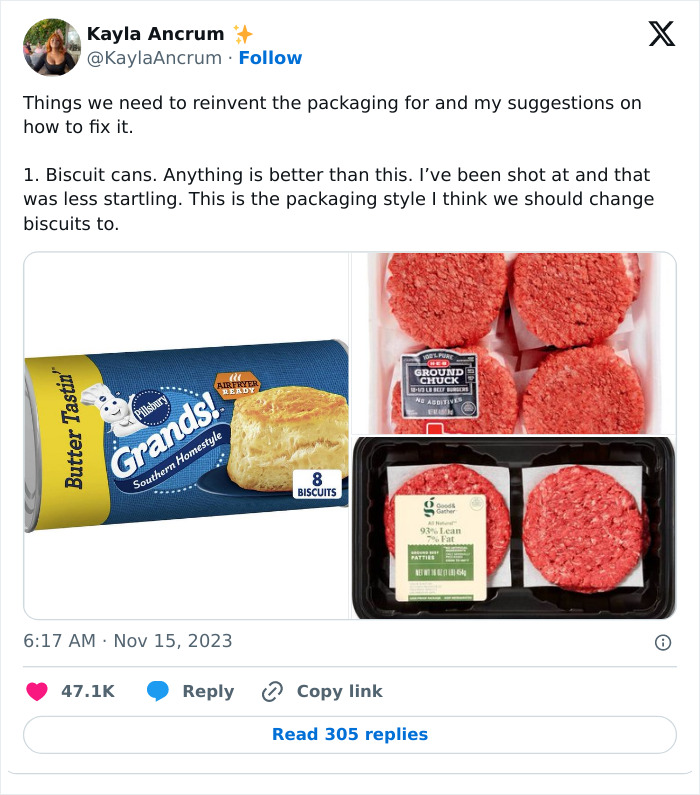
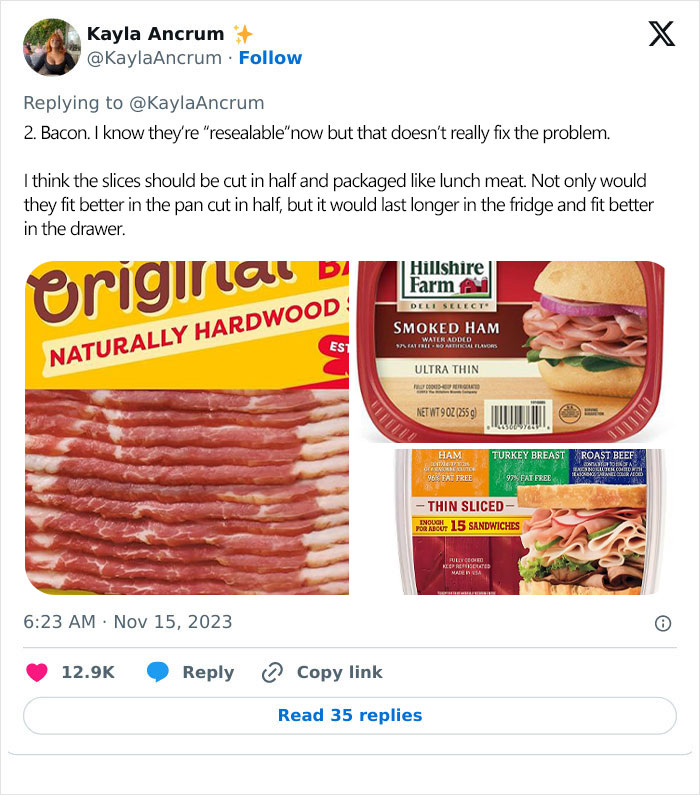
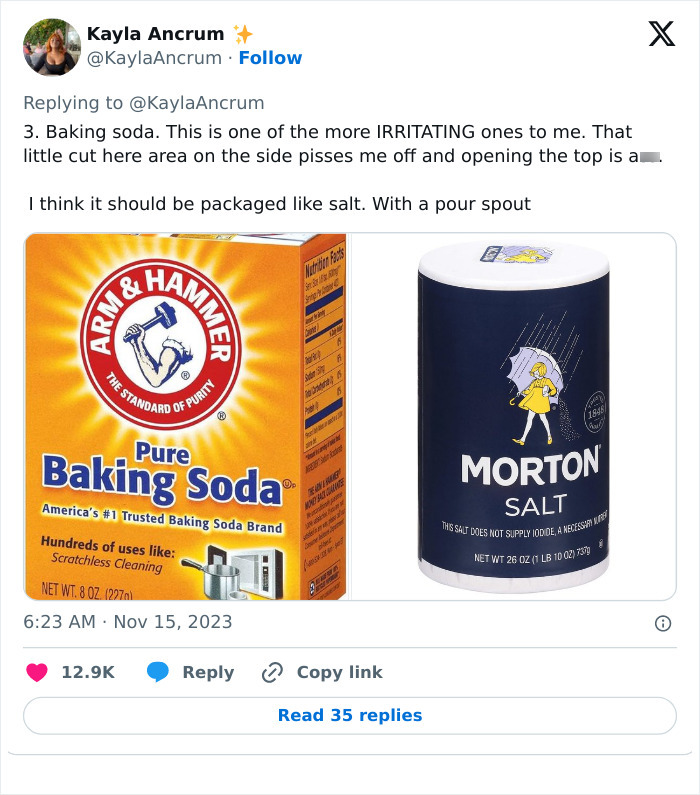
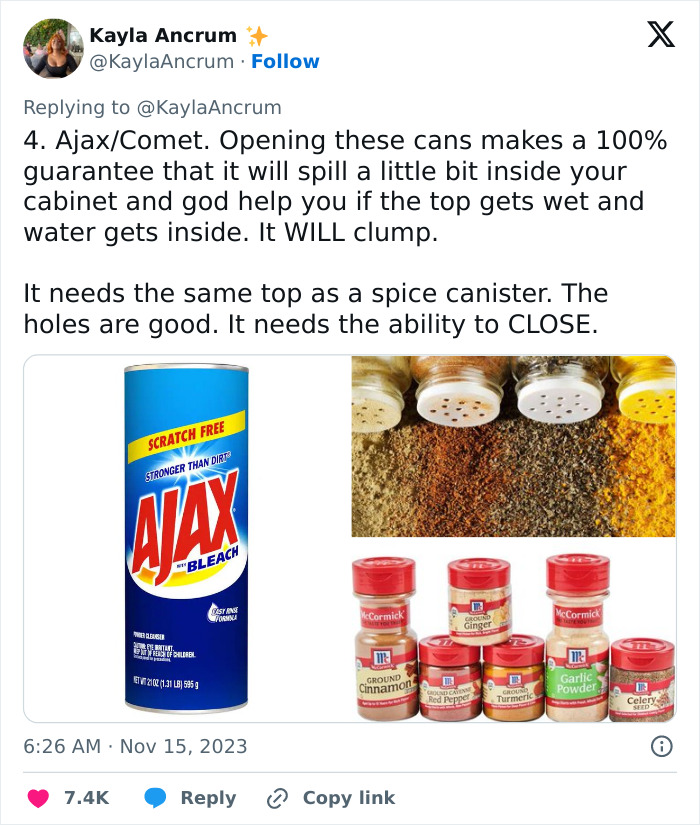
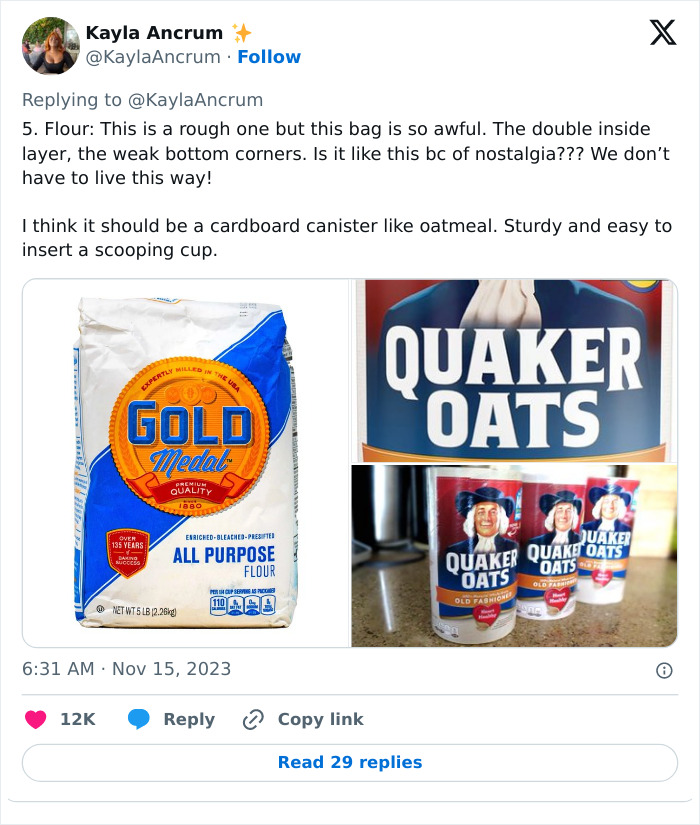
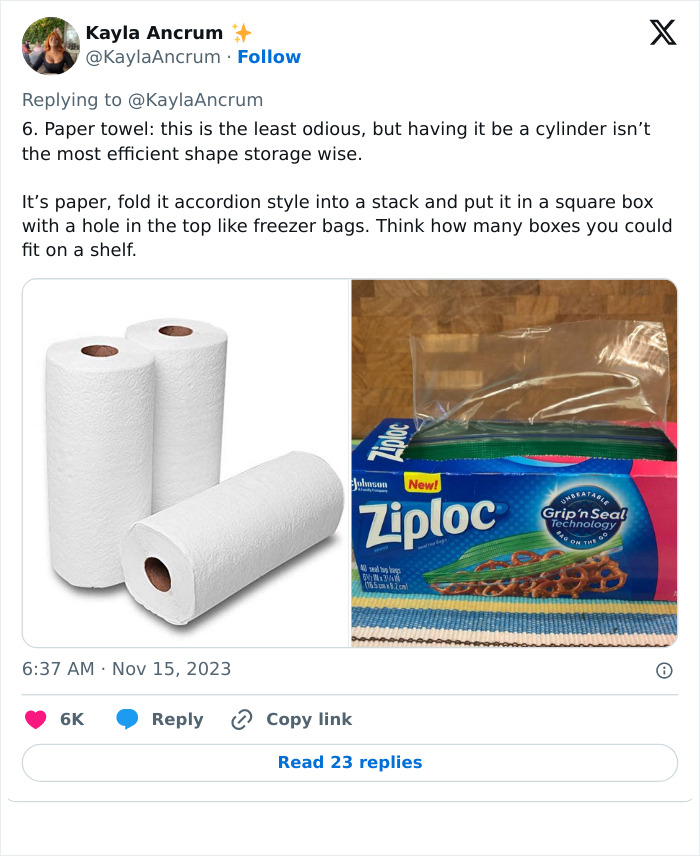
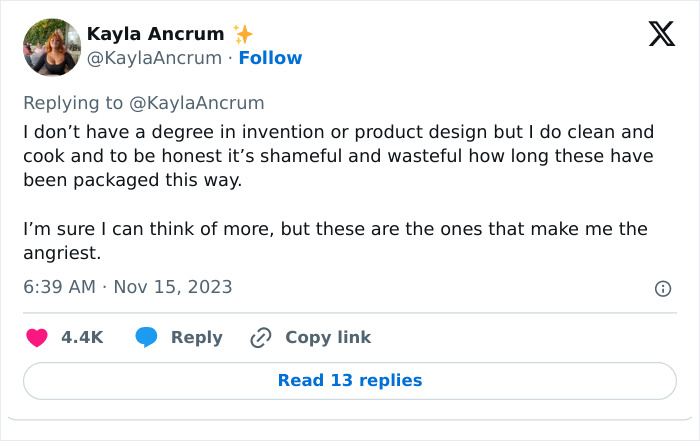
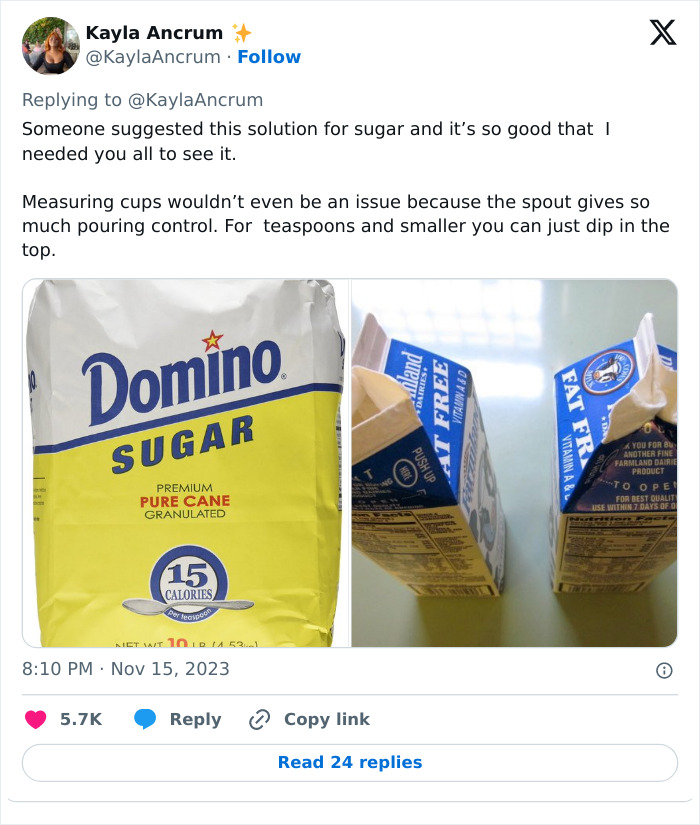
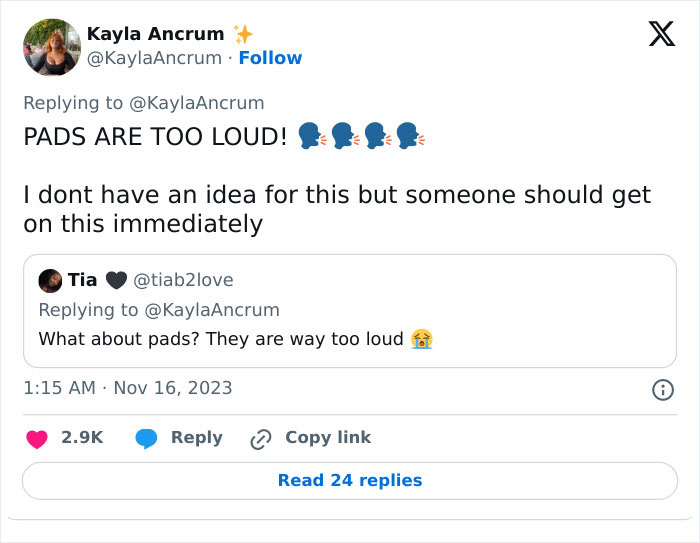
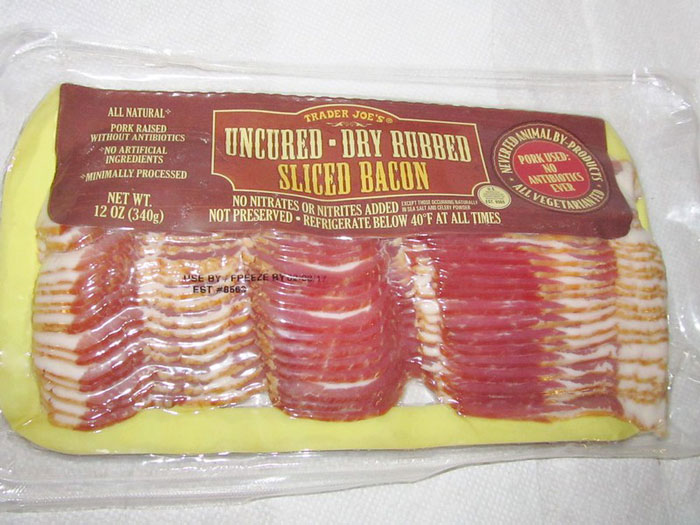
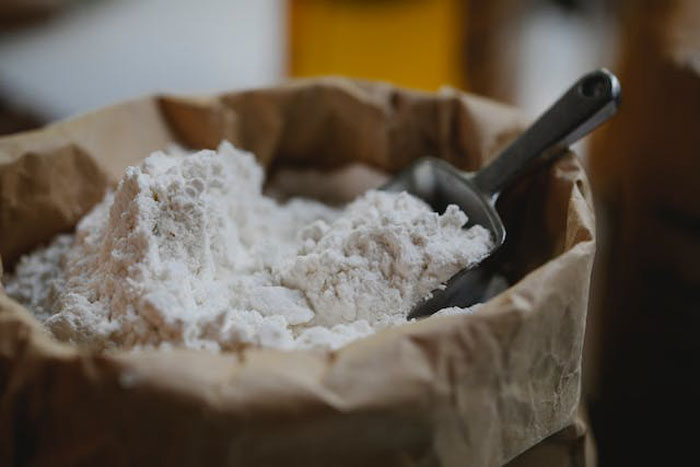
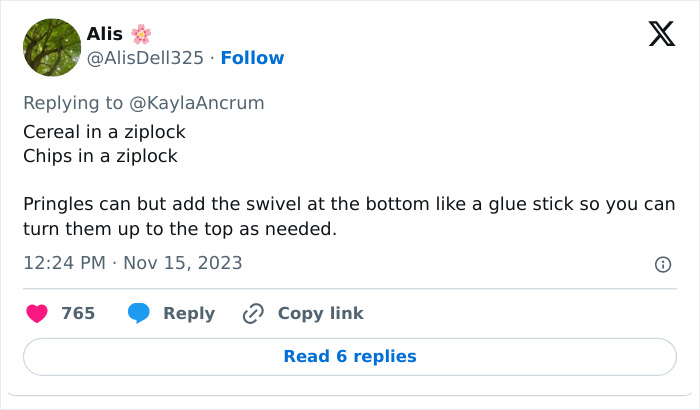
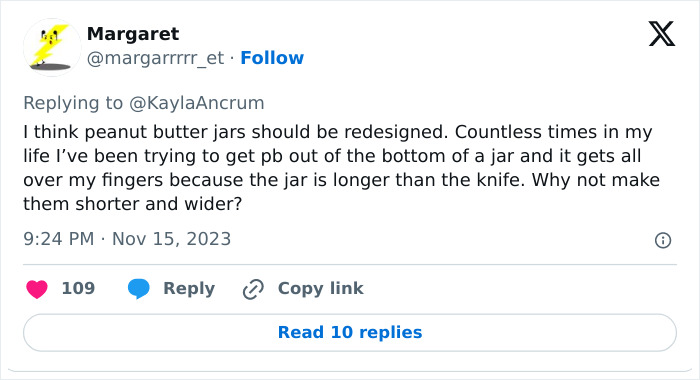
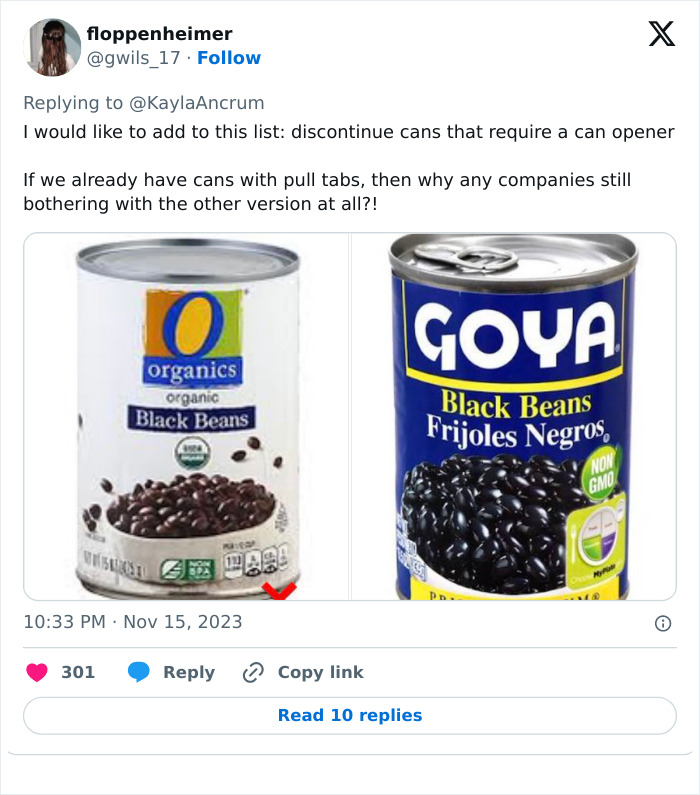
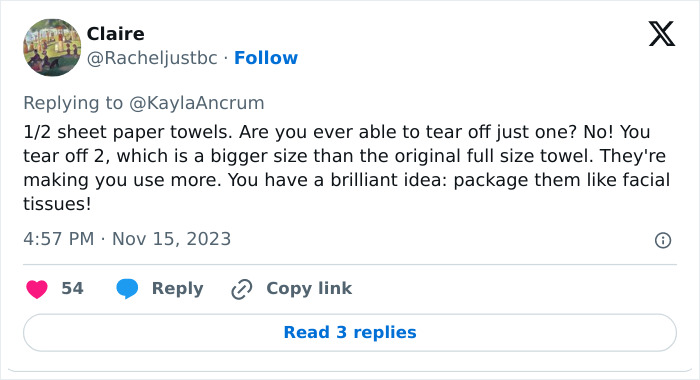
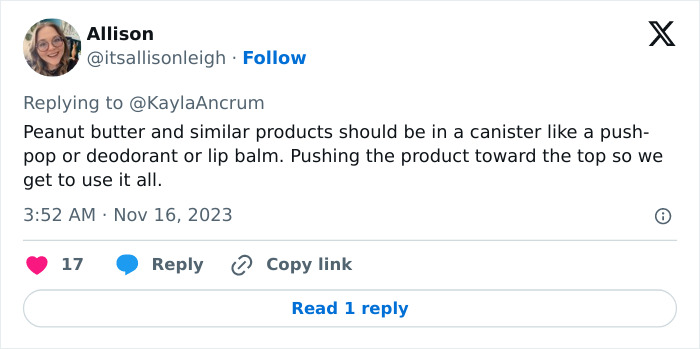
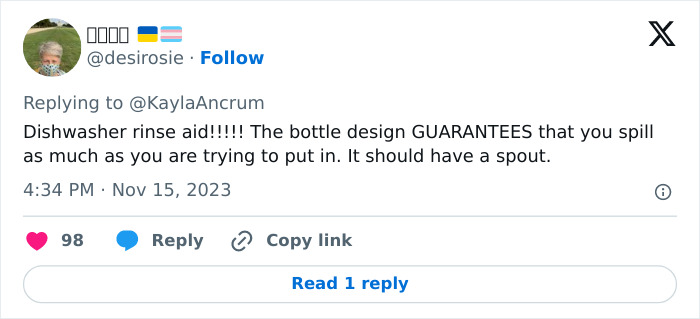
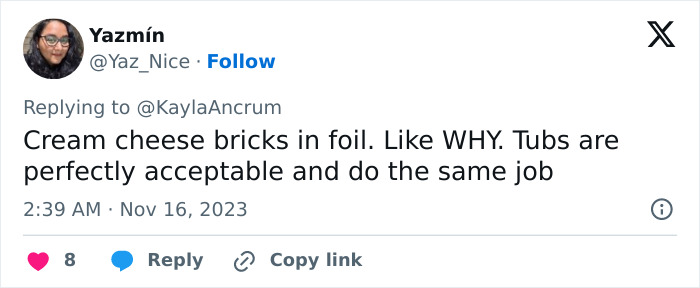
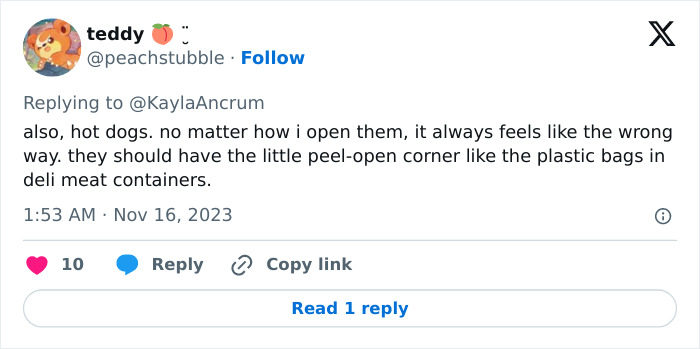
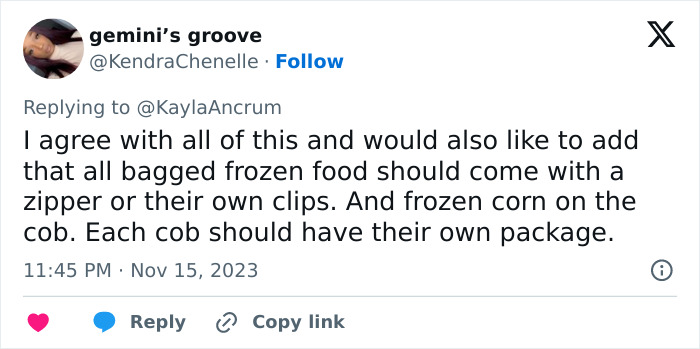
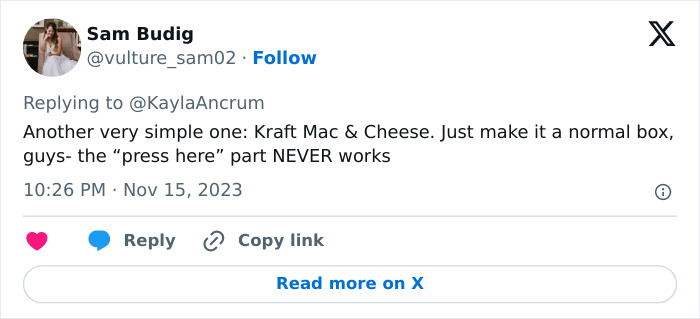
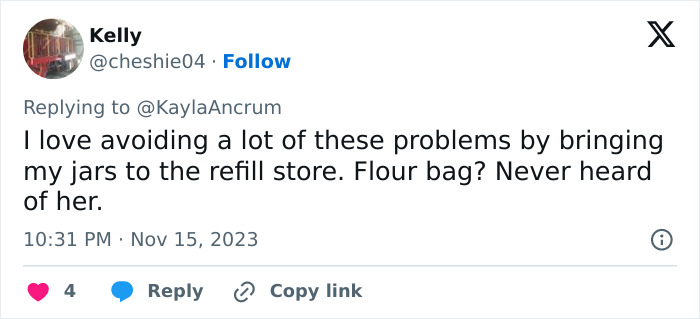
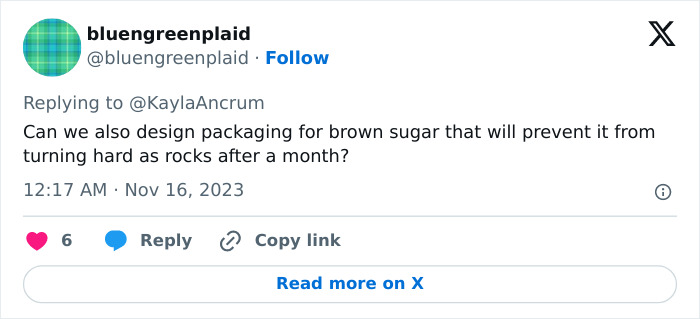
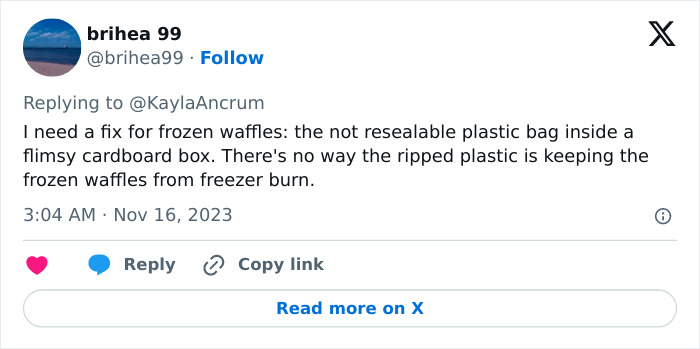













































29
34